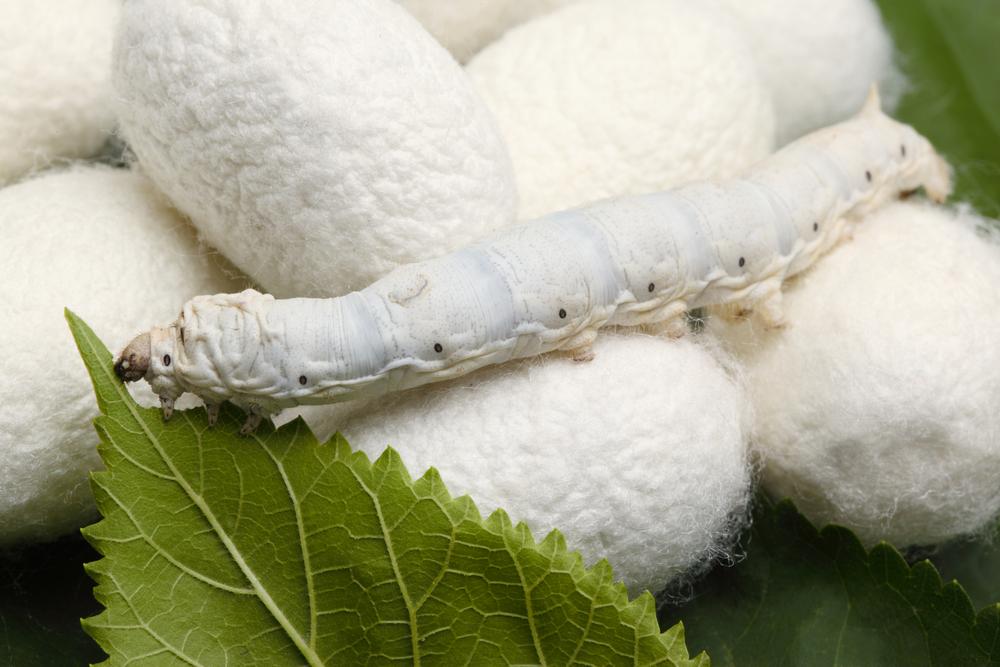
Silk is a protein fiber composed of 75% fibroin, an insoluble, biocompatible material that has drawn interest from scientists as much more than just a material for making clothing and linens. Its strength, flexibility and biocompatibility are particularly attractive to the medical industry, as it has the potential to be used in the manufacture of implants that possess the strength of steel without any of the potential complications.
Implants such as plates, screws and pins, which are surgically implanted to stabilize broken bones while they heal, are typically made out of stainless steel or titanium alloy. The drawback is that once the bone heals, additional surgery is often required to remove the implant. Biodegradable synthetic polymers are sometimes used, but they’re generally less strong and stable.
3D printing has shown a lot of promise in the development of strong, stable, and biocompatible implants, and the Bio 3D Silk-Printing System may be one of the most promising technologies yet. The South Korean research team has used their silk “ink” to successfully 3D print several orthopedic implants including clips, screws and plates, which have all shown to be durable, strong and stable. In addition, their natural properties mean that they can be safely absorbed by the body once the injury is healed, meaning that no future surgeries will be required.
Animal tests showed that the silk implants were effective in stabilizing bones and did not cause any inflammation or rejection. In addition, 3D printing the flexible material allows for custom implants to be produced, even for tricky curved areas in the face and skull.“Once the technology becomes commercialized, it will allow for the production of a greater variety of biocompatible silk medical equipment, which will help improve national health while developing Korea’s sericulture industry,” said an RDA official.